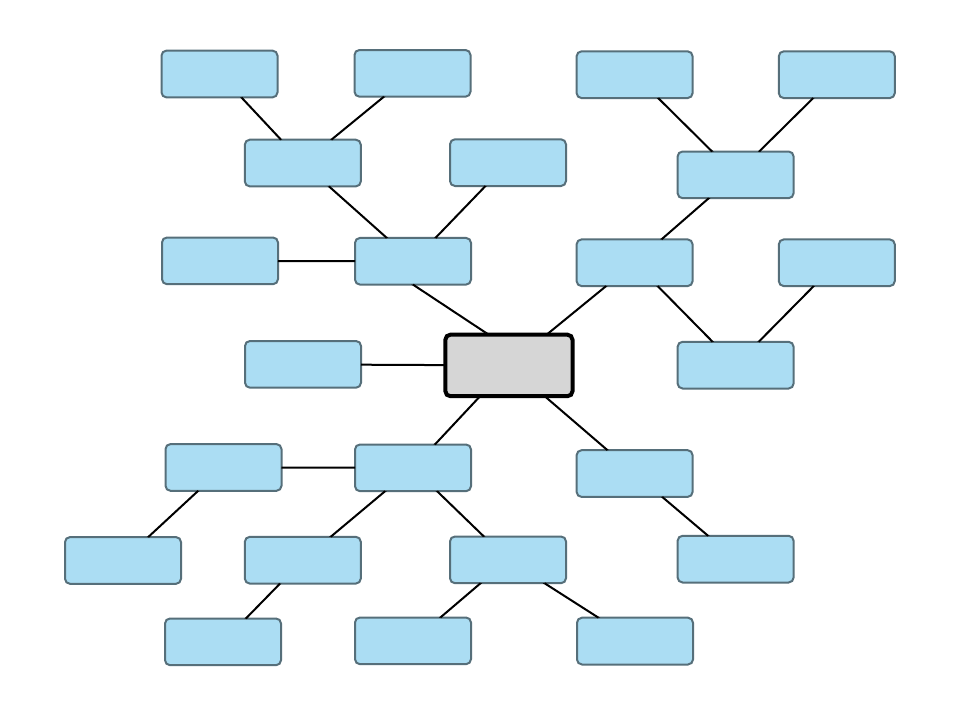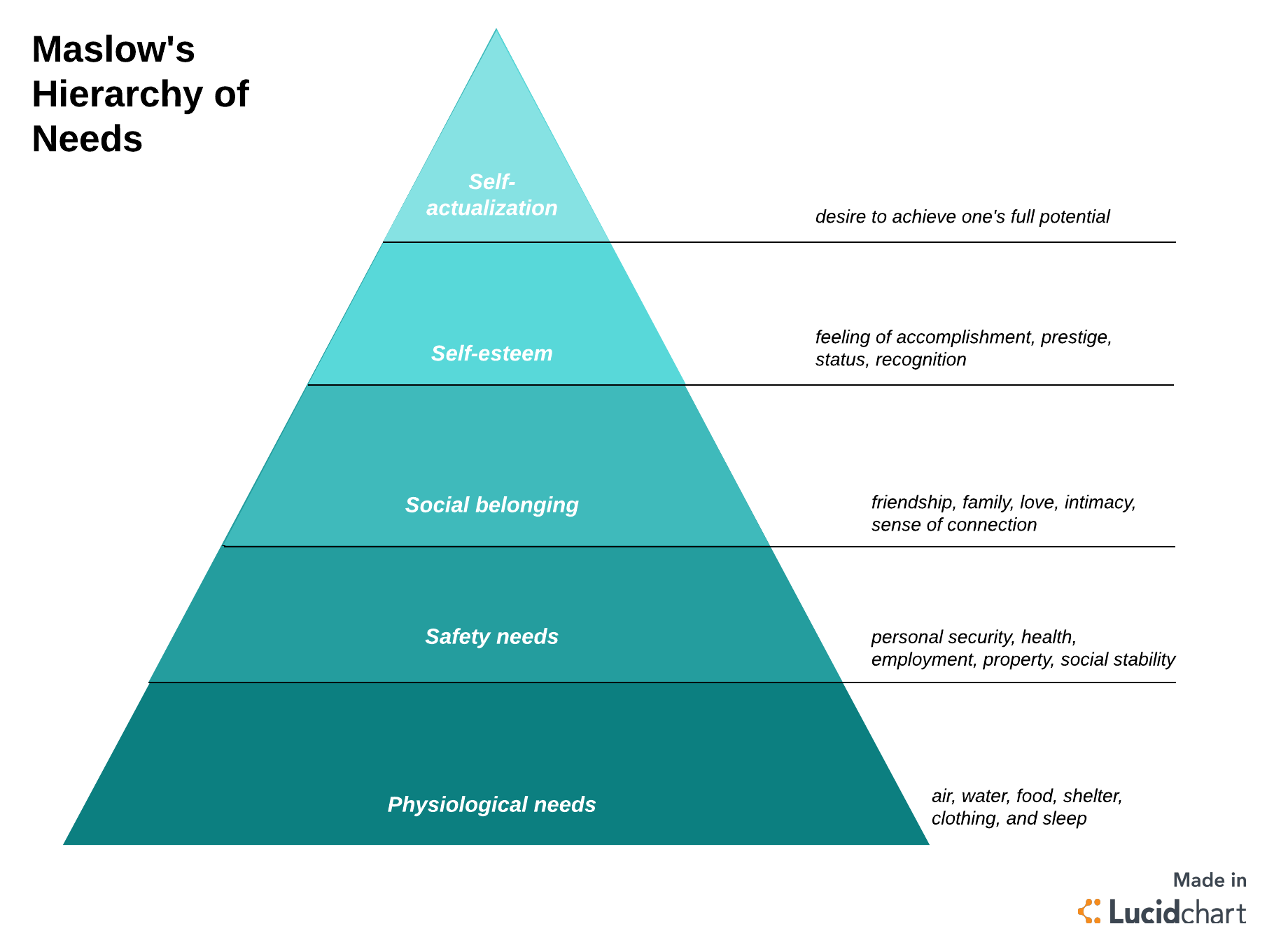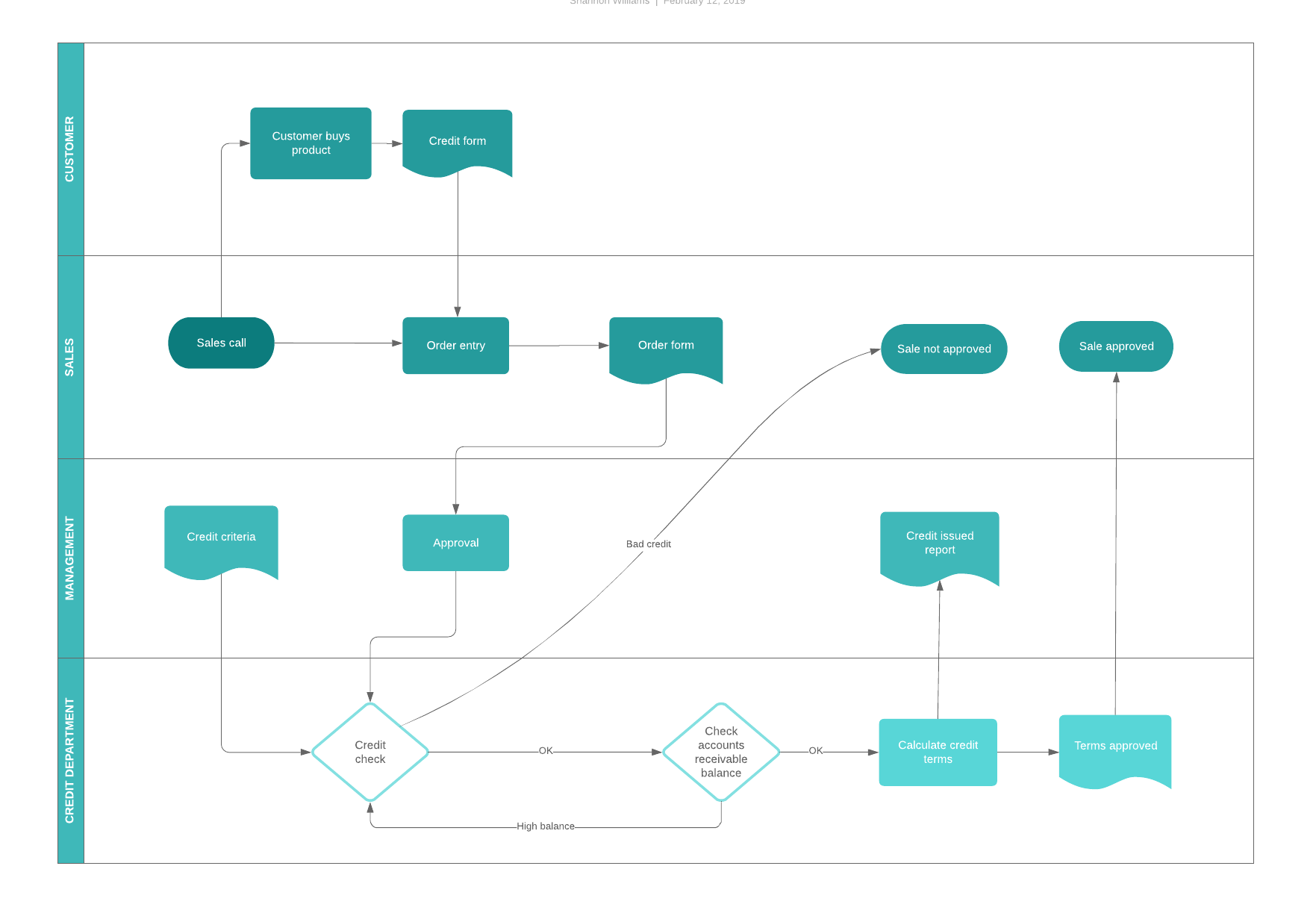
Managerial belief systems: Douglas McGregor’s Theory X vs Theory Y
Lucid Content
Reading time: about 6 min
Topics:
Work is changing. And the approach to and requirements of leadership are changing with it. The modern manager knows how to distribute responsibility, instill trust in their employees, and motivate team members to deliver their best work and ideas. But there are times when management is less about leadership and more about the staunch enforcement of rules and micromanagement of production.
These differing management styles have been coined in the academic management community as Theory X and Theory Y. Let’s break each down and see how they apply in the workplace.
Theory X vs Theory Y managers
Because employees have historically been given a flat exchange of time and energy for income, workplace incentives have often been rooted in a fear of loss of employment, in earning potential from extra productivity, or in acquiescing to managerial dominance for promotion.
Theory X managers are likely to believe that employees are lazy, fear-motivated, and in need of constant direction. These managers tend to be more present in entry-level jobs where productivity and process are favored over independence or innovation, but they may show up at any company level and in any industry.
Theory Y managers are likely to believe that employees are motivated by the value of their contribution. Theory Y managers favor a more collaborative approach, centering their leadership on trust, valuing creative problem solving, and managing by way of providing their employees with tools, opportunities, and visibility to do their jobs well.

Where a Theory X manager might threaten loss of employment in order to get employees to work on a Saturday, a Theory Y manager might appoint a temporary leadership title to anyone who chooses to show up to work on a Saturday. Where a typical Theory X manager might require strict work hours, a Theory Y manager might offer employees a firm deadline, trusting them with the choice of when and how they will meet a productivity deadline.
A thought comparison
Consider these assumptions from the different managerial styles:
|
Theory X |
Theory Y |
|---|---|
| Work is inherently distasteful to most people, and they will attempt to avoid work whenever possible. |
Most people find happiness in hard work under the right conditions. |
| Most people avoid responsibility and need constant direction. |
People enjoy taking ownership of their work. |
| People must be constantly directed, prompted, rewarded, or punished in order to complete their work. |
People are self-motivated and embrace responsibility. |
| Lack of ambition and laziness is more common than ambition and creativity. |
Creativity and problem-solving thrive when employees are trusted. |
| People are motivated by money and fears about their job security. |
People are motivated when they find value in their contributions and see an opportunity to realize their own potential. |
Based on these factors, it is easy to see how Theory X differs from Theory Y and easy to imagine their potential outcomes in the workplace.
The mind behind modern work
While these contrasting management styles might be easily recognizable in today’s technology-driven world, they were novel thoughts at one point, developed through research and observation by a workplace thought leader. Known as an influential figure in management theory, organizational communication, and organizational studies, Douglas McGregor was a professor at Massachusetts Institute of Technology, where he was a vocal advocate of the human relations approach.
He was particularly interested in what motivates people to work hard, in particular on what belief systems motivate people to work hard. In short, he studied heavily how our beliefs shape our behavior and thus how that behavior shapes the behavior of those around us.
His ideas gained most of their momentum in the 1960s, when the American and Western workforce was at a crucial transition from factory work of the Industrial Revolution to more collaborative technology-centered teamwork, aided no doubt by the Women’s Labor Movement and the dawn of computing technology. It is to McGregor’s thorough research and curiosity in behavior and incentive that we owe our current understanding of Theory X and Theory Y.
How do Theory X and Theory Y affect work output?
What might be less immediately understandable are the differing effects of Theory X and Y on resulting behavior and productivity.
Think about a conveyor belt of automotive parts with workers and machines lined side by side, each tasked with applying a specific skill to the production process—tightening a bolt, applying a hinge, taping up a box to be shipped, etc.
A Theory X management style may be well-suited for this type of structured, process-driven workplace. Studies have shown that the Theory X style of management results in tight control, strict policies, and a punishment and rewards system that reinforces beliefs. Employees are initially obedient, but eventually dissatisfied and even rebellious, driving down productivity and achieving contradictory outcomes, further reinforcing the belief that workers are lazy and have to be externally motivated.
Theory Y results in an arrangement whereby individuals can achieve their own goals and happily accomplish the organization’s goals at the same time. Theory Y managers will make different choices about how to arrange team members and workflows, how to talk to people, how to reward and incentivize, etc. Theory Y managers appeal to a higher level of motivation on Maslow’s famous Hierarchy of Needs, capitalizing on the human need for esteem and self-actualization.

Today’s digital workplace, however, is a place of collaboration. And the most lauded skills, especially in leadership, lie in the ability to connect seemingly disparate ideas and communicate those ideas clearly. While Theory X managers may be suited for some process-driven organizations, a more practical management style today is that of a Theory Y thinker.
The present and future of work
Modern work gets done through the connection of ideas: The better your ideas and the more efficient your connection, the better off your company will fare in this rapidly changing economy and industry.

Implementing a Theory Y-focused leadership approach requires modern tools that can complement the collaborative workplace. Lucidchart makes it easy to share processes, information, and ideas with a team from a single centralized location. This unique platform allows team leaders to share visuals with teammates, work together on projects in real time, comment on documents and project updates, and work collaboratively with up-to-the-minute feedback. With a workplace centered on trust, it’s important not only to instill trust in your teammates but also in the right technology to get the job done.
Try Lucidchart free todayAbout Lucidchart
Lucidchart, a cloud-based intelligent diagramming application, is a core component of Lucid Software's Visual Collaboration Suite. This intuitive, cloud-based solution empowers teams to collaborate in real-time to build flowcharts, mockups, UML diagrams, customer journey maps, and more. Lucidchart propels teams forward to build the future faster. Lucid is proud to serve top businesses around the world, including customers such as Google, GE, and NBC Universal, and 99% of the Fortune 500. Lucid partners with industry leaders, including Google, Atlassian, and Microsoft. Since its founding, Lucid has received numerous awards for its products, business, and workplace culture. For more information, visit lucidchart.com.
Related articles
Pacesetting Leadership: What It Is and When to Use It
Pacesetting leadership can make an impact, but it could make your team feel like you push them too hard. Learn when and how to effectively use this style.
3 leadership principles to foster team success
When it comes to defining yourself as a leader, it’s not a matter of whether you look the part or have a corner office. It starts with a conscious effort to nurture the leadership skills that instill an atmosphere of trust and cooperation. Learn more.
